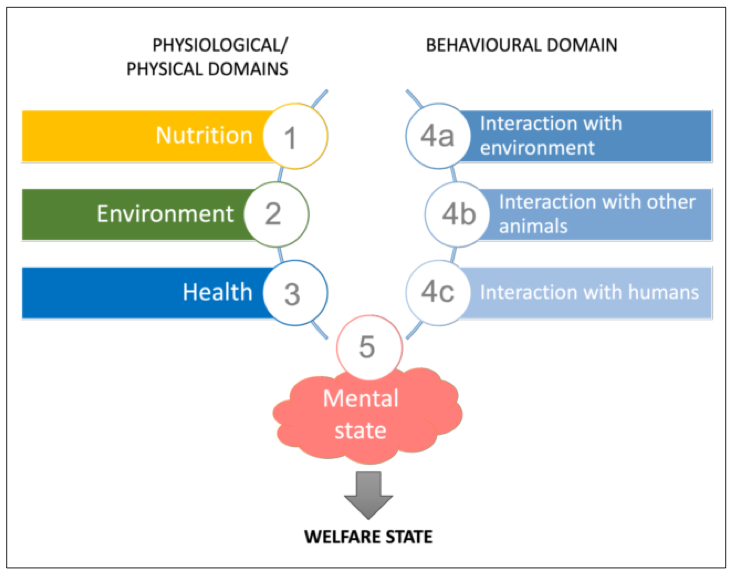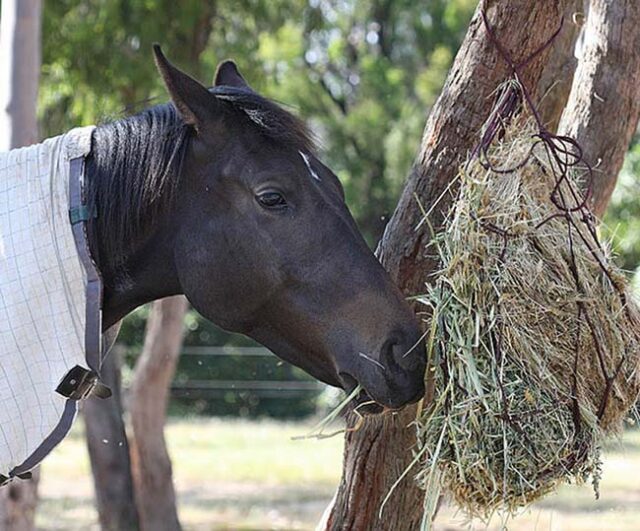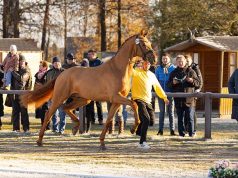By Mariette van den Berg
Photography/graphics: Mariette van den Berg
Providing tip-top care for our horses is one of our highest priorities as owners and carers. Horses are the superstars of our livelihoods, whether we breed horses, compete, never step in the ring and ride just for fun, or have them as a companion.
As horse owners and carers, we are responsible for judging the health and welfare status of our horses and we should be aware of our duty of care to ensure that our horses are kept in such a way that prevents unnecessary pain, distress, or suffering, whether this be physical or psychological. We should also know when professional advice should be sought and be following any recommendations for treatment.
Because we are continuously learning and our horses are so forgiving, their welfare must be at the foundation of everything we do with them. So what tools are available to assess/analyse how well you cater for your horses’ wellbeing both physical and psychological? In part 1 of this series, we introduced our readers to a science-based approach to animal welfare that focuses on the Five Domains Model: Environment, behaviour, nutrition, health and positive mental state (figure 1).
The model has been around for over 25 years and has undergone various updated to incorporate the latest validated developments in animal welfare science thinking for each of the five areas. The model is not intended to define the absolutes of good and bad welfare, nor is it intended to accurately describe all the physical and physiological func-tions. Rather, it is a device for facilitating systematic, structured, thorough, and co-herent assessments of animal welfare, and for qualitatively grading welfare compromise and improvement(1). The model allows for discussions around the impact within each domain but of course many will overlap and there are no delineated lines perse.
The model is not animal specific and can be applied to any species and circums-tance from companion animals, livestock hus-bandry and even wildlife. Therefore, in this 6-part series I will explain in more detail the different domains, their interactions and finally how this can be transferred to the overall assessment of the horse’s welfare state specifically, and that you can practically apply to your own situation. This Part 3 will concentrate on the second domain – Environment, and will crossover with Domain 4 – Behaviour, specifically interaction with the environment.

Domain 3 – Environment
The second domain focuses attention on the affective impacts of physical and atmospheric conditions to which animals are exposed directly. These conditions can be divided in:
• Unavoidable physical conditions (e.g. close confinement, unsuitable substrate/footing, air pollutants, noise, thermal extremes etc); or
• Enhanced physical conditions (adequate space, suitable substrate/footing, fresh air, noise control, effective shelter/shade ect).
These ambient conditions in turn have a negative or positive affect on the animal (see figure 3). When the associated affects are negative, the circumstances are categorised as unavoidable physical conditions because the animals cannot escape from them. Solutions intended to enhance these environmental conditions can improve the animals’ welfare states by enabling them to experience various forms of comfort that may be physical, respiratory, olfactory, thermal, auditory, visual and/or variety-related(1).
To understand how this applies to horses we need to have a good understanding of the horses’ natural environment and how this is altered in horse husbandry situations. It is important to realise that the behavioural patterns associated with our domestic horses are built upon the behaviours provided by millions of years in the wild and many cannot simply be whipped out by selective breeding (i.e. adaption). There are many features that cannot be changed even in captivity. For example, the herbivorous nature of the horses was determined early on and refined the system physically and behaviourally towards its diet (and interactions with its environment)... To read the complete article you need to be a subscriber
CLICK HERE TO SUBSCRIBE TO BREEDING NEWS
SUBSCRIBERS CAN READ THE COMPLETE ARTICLE BY LOGGING IN AND RETURNING TO THIS PAGE




